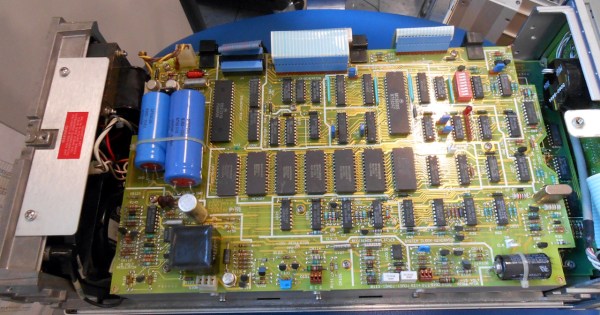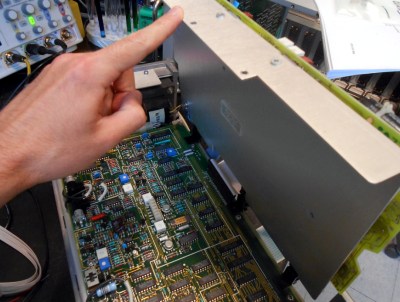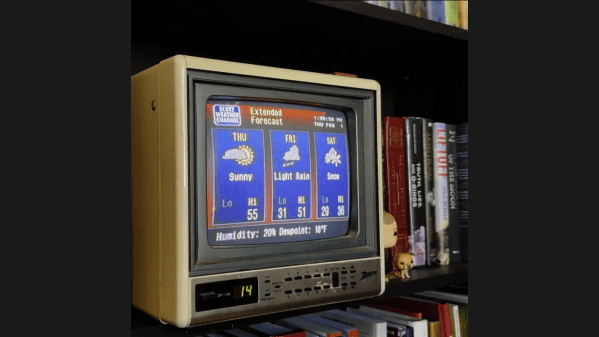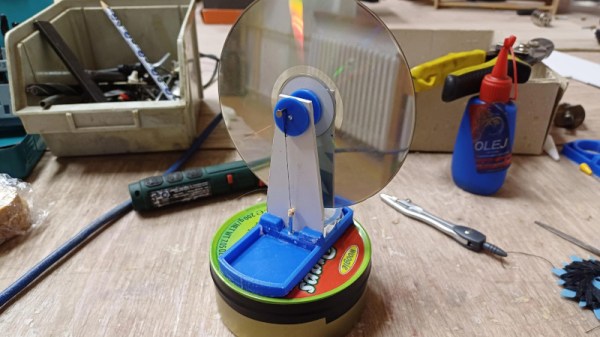Back in 2021, [stacksmashing] found that it took little more than a Raspberry Pi Pico and some level-shifters to create a USB connection with the Game Boy’s link port. Add in the proper software, and suddenly you’ve got online multiplayer for the classic handheld. The hardware was cheap, the software open source, and a good time was had by all.
Inspired by both the original project and some of the hardware variations that have popped up over the years, [weiman] recently set out to create a new version of the USB link adapter that fits inside a miniature 3D printed Game Boy.
The big change from the original design is that this is using the far smaller, but equally capable, RP2040-Zero development board. This is mated with a SparkFun logic level converter board (or a clone of one from AliExpress) by way of a custom PCB that also includes the necessary edge connectors to connect directly to a Game Boy Link Cable.
Once the PCB is assembled, it’s dropped into the 3D printed Game Boy shell. [weiman] really worked some nice details into the case, such as aligning the d-pad and buttons in such a way that pressing them engages either the RESET or BOOTSEL buttons on RP2040-Zero. The screen of the printed handheld also lines up with the RGB LED on the top of the dev board, which can produce some cool lighting effects.
The original project from [stacksmashing] was an excellent example of the capabilities of the Pi Pico, and we’re glad to see it’s still being worked on and remixed by others. Even though the state of Game Boy emulation is nearly perfect these days, there’s still something to be said for working with the original hardware like this.




















